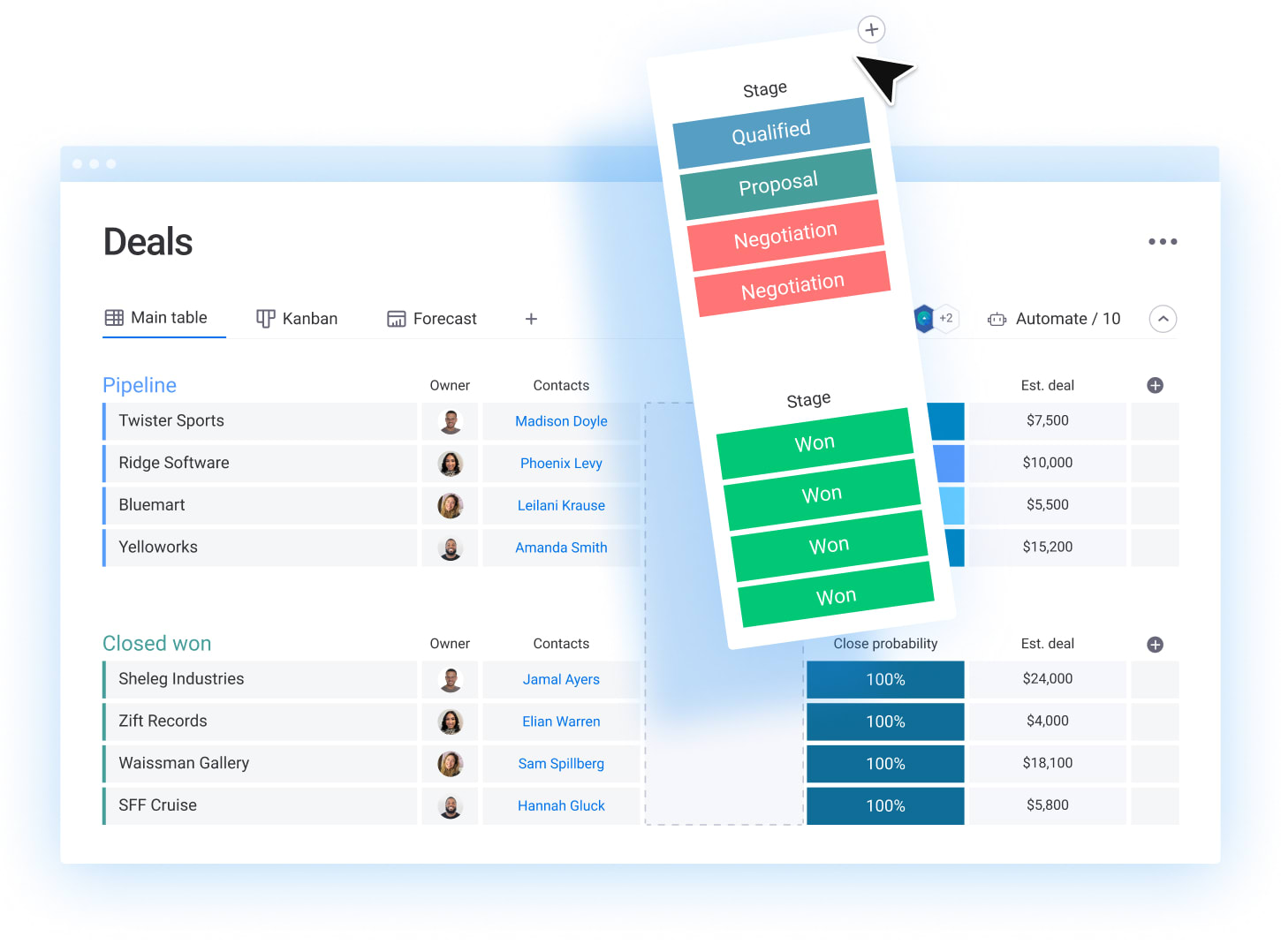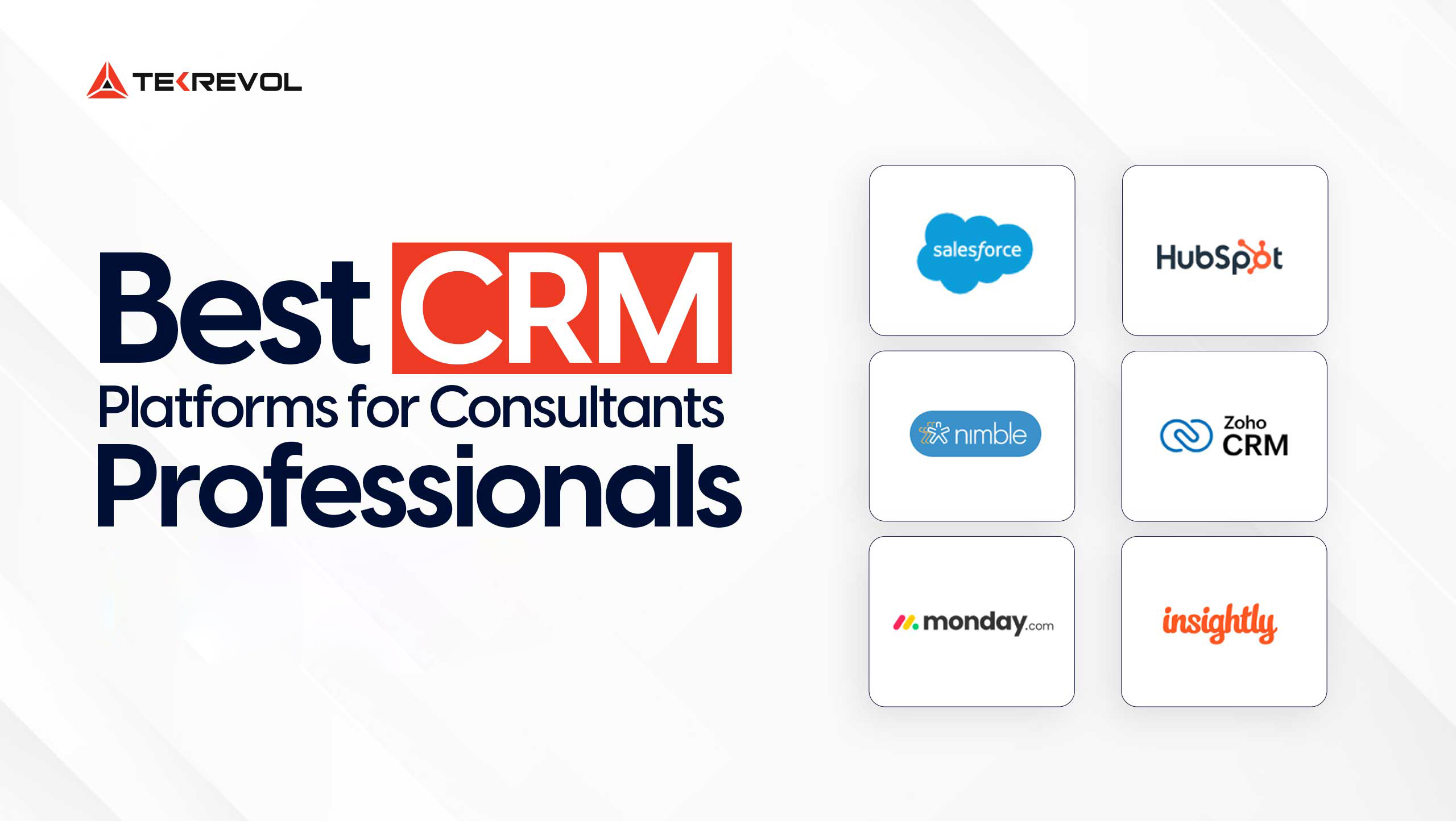Are you struggling to close deals and wondering how to streamline your sales process? If so, understanding how sales pipelines work inside a CRM tool could be the game changer you need.
Imagine having a clear, organized path that guides you from the first contact with a lead to the final handshake. This is what a sales pipeline offers—a structured approach that can boost your sales efficiency and outcomes. But what exactly is a sales pipeline, and how can it transform your sales strategy?
You’ll discover the importance of sales pipelines, explore their stages within a CRM, and learn how leads seamlessly transition from one stage to the next. We’ll delve into the benefits of visualizing your sales process, whether through a pipeline view or a list view, and how CRM tools can provide real-time tracking of your progress. By the end of this read, you’ll have the insights you need to identify bottlenecks, optimize each stage, and ultimately build a pipeline that works for you. Ready to unlock the potential of your sales process? Let’s dive in!

Credit: monday.com
Introduction: Why Sales Pipelines Are Crucial For Closing Deals
Understanding sales pipelines is vital in any business. A sales pipeline in a CRM tool helps in tracking potential sales opportunities. It acts like a roadmap. This roadmap guides sales teams from the first contact with a customer to the final sale.
Using a CRM tool, businesses can see each step a customer takes in the buying process. This visibility helps in identifying where customers are dropping off. It also shows which steps are most successful. Sales teams can then focus their efforts on areas that need improvement.
This makes their work more efficient. A clear sales pipeline allows businesses to forecast future sales. It helps in setting realistic sales goals. By using a CRM tool effectively, companies ensure no sales opportunities are missed. This increases the chances of closing more deals.
Sales pipelines are key for any business looking to improve their sales process.
What Is A Sales Pipeline? (simple Explanation)
A sales pipeline is a visual representation of the steps in a sales process. It outlines each stage a prospect goes through before becoming a customer. Within a CRM tool, this pipeline becomes a powerful way to manage and track sales activities.
It starts with leads entering the system, often through marketing efforts or referrals. Then, these leads progress through stages like initial contact, qualification, proposal, and negotiation. Each stage in the pipeline helps sales teams focus on what needs to be done next.
This makes it easier to prioritize tasks and manage follow-ups. As deals move along the pipeline, sales reps can see potential revenue and forecast future sales. This visibility allows for better planning and decision-making. Ultimately, a well-managed pipeline leads to improved sales efficiency and success.
Stages Of A Typical Sales Pipeline In Crm
Inside a CRM tool, a sales pipeline is organized into several stages. These stages help in managing and tracking potential customers. The first stage is usually “Lead Generation,” where new leads are gathered. Next comes “Qualification,” where it’s decided if these leads are worth pursuing.
After that, leads move into the “Meeting” stage, where initial contact is made to understand their needs. Following this, the “Proposal” stage involves offering solutions to the customer’s problems. Then, in the “Negotiation” stage, terms and prices are discussed. Finally, the “Close” stage is where the deal is completed, and the sale is finalized.
Each stage helps sales teams understand where each customer is in the buying process. This system ensures that no opportunity is missed and every lead is handled appropriately.
How Leads Move From One Stage To The Next
Leads travel through different stages in a CRM tool. First, they begin as raw prospects. These are people who might be interested in what a company offers. Next, they become qualified leads. At this stage, they show more interest or fit the target profile.
After qualifying, leads move to the contact stage. This involves talking with the sales team or getting more information. As they express interest, leads advance to the opportunity stage. Here, they consider buying or using the product. Lastly, leads become customers when they decide to purchase.
This journey helps businesses track progress and plan better strategies. Each stage requires careful attention to ensure leads don’t drop out. By understanding these steps, companies can manage leads effectively and improve sales results. It’s crucial to nurture leads at every point to keep them engaged.
Visualizing The Sales Process: Pipeline View Vs. List View
Sales pipelines in CRM tools offer two main views for visualizing the process: pipeline view and list view. The pipeline view displays sales stages as columns. Deals move across these columns, showing progress visually. This layout makes it easy to spot where deals are in the sales journey.
It helps sales teams understand which deals need attention. On the other hand, the list view presents deals in a linear format. Each deal shows details like client name, stage, and value in rows. This view is useful for quickly scanning information.
Both views have their advantages. The pipeline view is more visual, which is great for team meetings. The list view is ideal for detailed analysis. Choosing the right view depends on the task at hand. Teams often switch between views to get a full picture of their sales efforts.
How Crm Tools Help Track Pipeline Progress In Real Time
CRM tools make tracking sales pipelines easy and clear. They give sales teams a real-time view of where each deal stands. This means teams can see progress without waiting for updates. With CRM, every stage of the sales process is visible on a single screen.
Sales reps can enter data once, and it’s there for everyone to see. Managers can quickly check which deals are moving forward and which are stalled. This helps in making decisions faster. CRM tools also send alerts and reminders. These keep teams on track and focused.
By using CRM, everyone knows what needs attention. Teams can work together better and close deals more efficiently. In short, CRM tools simplify the sales process and improve team coordination.
Benefits Of Managing Your Pipeline Inside A Crm
Managing your sales pipeline inside a CRM offers several advantages. A CRM helps keep all your data organized in one place. This makes it easier to see where each deal stands. It saves time because you don’t have to look in different places for information.
With a CRM, your team can work together more smoothly. Everyone can see updates in real-time. This helps avoid confusion and keeps everyone on the same page. Tracking sales activities becomes straightforward. You can see which tasks are pending or completed.
This helps in meeting deadlines and achieving targets. The CRM can also generate reports. These reports provide insights into your sales process. They help identify areas that need improvement. Overall, a CRM simplifies the management of your sales pipeline.
How To Spot Bottlenecks And Leaks In Your Sales Pipeline
Sales pipelines can face issues like bottlenecks and leaks that slow down progress. Identifying these problems is crucial for keeping the sales process smooth. Start by examining each stage of the pipeline. Are there stages where deals get stuck? Slow stages might indicate a bottleneck.
This means too many tasks and not enough progress. Check if there’s a common reason for this. It could be a need for more training or resources. Leaks can occur when leads drop out of the process unexpectedly. Keep an eye on conversion rates between stages.
If a significant number of leads disappear, there might be a leak. Analyzing data from the CRM tool helps spot these issues quickly. Regular reviews and adjustments can maintain a healthy pipeline. Understanding where deals slow down or fall through ensures the sales process remains efficient and productive.
Tips For Optimizing Each Stage Of Your Pipeline
Understanding how to optimize each stage of your sales pipeline is crucial for success. Start by focusing on the prospecting stage. Here, it’s important to identify potential customers and gather contact information. Moving to the qualification stage, determine if these leads fit your product or service.
During the proposal stage, craft clear and concise offers that address specific needs. In the negotiation stage, listen to customer concerns and offer solutions. Handling objections effectively can make a big difference. Finally, in the closing stage, ensure all paperwork is complete and follow up to confirm satisfaction.
Each stage requires attention and care. By paying close attention to these details, you can improve the effectiveness of your sales pipeline, ultimately leading to better results. This approach not only enhances efficiency but also builds stronger relationships with your customers.
Final Thoughts: Build A Pipeline That Works For You
Creating a sales pipeline that fits your needs is crucial. A CRM tool can help manage this process smoothly. Start by identifying each stage of your sales process. This helps in understanding where your leads are. Make sure the pipeline reflects your sales strategy.
It should be easy to follow and update. Regularly check the performance of your pipeline. Are there any bottlenecks? Address these issues quickly to maintain a smooth flow. Encourage your team to use the CRM tool actively. Their input can provide insights into what works and what doesn’t.
Always keep your customer’s journey in mind. This approach ensures that your pipeline remains effective and efficient. By doing so, you build a system that not only captures leads but converts them into loyal customers.

Credit: www.tekrevol.com
Frequently Asked Questions
What Is A Sales Pipeline In Crm?
A sales pipeline in CRM visualizes the stages prospects go through before becoming customers. It helps track progress, identify bottlenecks, and optimize sales processes. Efficient management leads to better forecasting and increased conversions. A streamlined pipeline enhances sales team performance and ensures a smoother customer journey.
What Are The 5 Stages Of A Sales Pipeline?
The 5 stages of a sales pipeline are: Prospecting, Qualification, Proposal, Negotiation, and Closing. Prospecting identifies potential leads. Qualification assesses lead viability. Proposal presents solutions. Negotiation involves refining terms. Closing finalizes the deal.
What Can Happen If A Company Doesn’t Utilize A Crm Or Manage Their Sales Pipeline Appropriately?
A company may face missed sales opportunities and disorganized customer interactions. Sales forecasting becomes inaccurate, leading to inefficient resource allocation. Customer satisfaction may decrease due to inconsistent communication. Overall, business growth can stagnate, and competitiveness may weaken without proper CRM and sales pipeline management.
What Is The Pipeline Method Of Sales?
The pipeline method of sales tracks potential customers through stages from lead generation to closing. It helps visualize and manage sales processes, boosting efficiency and forecasting. By identifying bottlenecks, it streamlines efforts, increasing conversion rates and sales success.
Conclusion
Sales pipelines in CRM tools simplify deal management. They guide leads through stages. Visual views make tracking easy. Real-time updates show progress clearly. This helps identify bottlenecks quickly. Managing pipelines in CRM boosts efficiency. It keeps your sales process organized.
Optimizing stages ensures smoother transitions. Building a personalized pipeline enhances results. Use CRM tools to streamline your sales efforts. Stay focused and adapt to changes. A well-managed pipeline is key. It supports your team in closing deals efficiently. Keep refining your approach for success.
Your pipeline is your roadmap to better sales outcomes.



